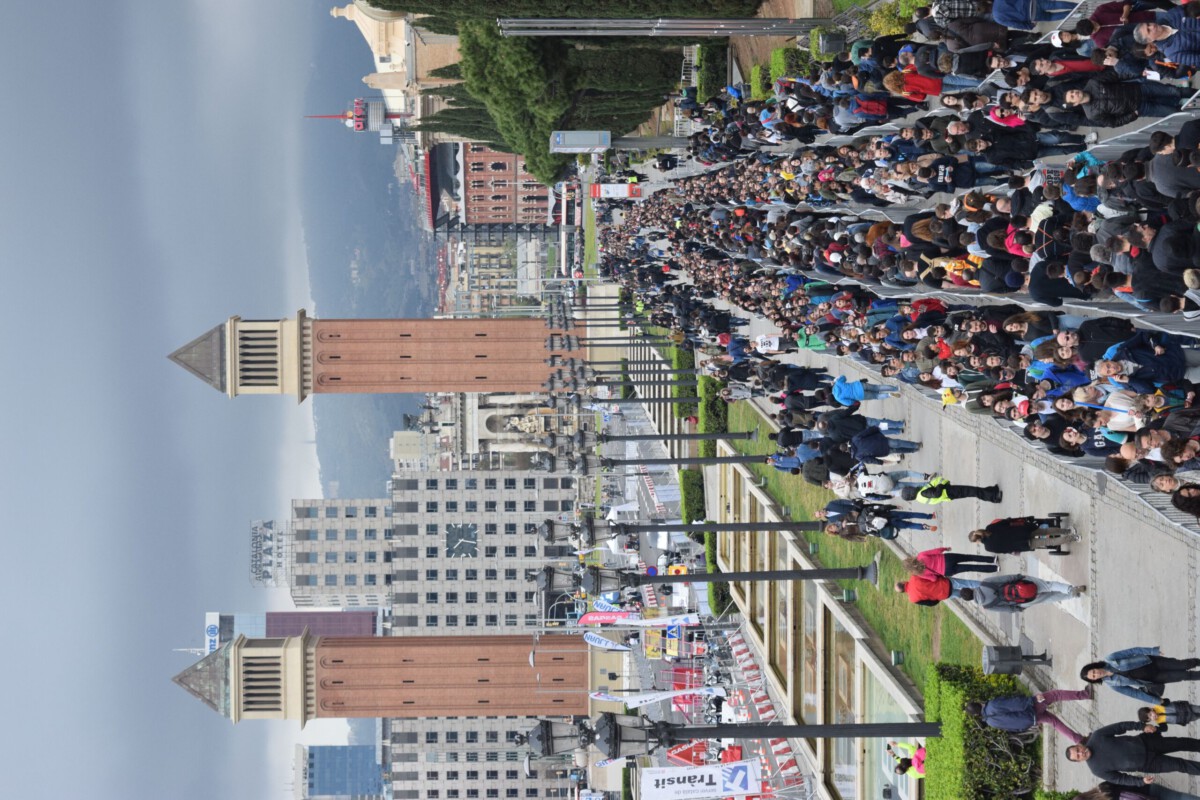The Mother Road’s Birth in 1926
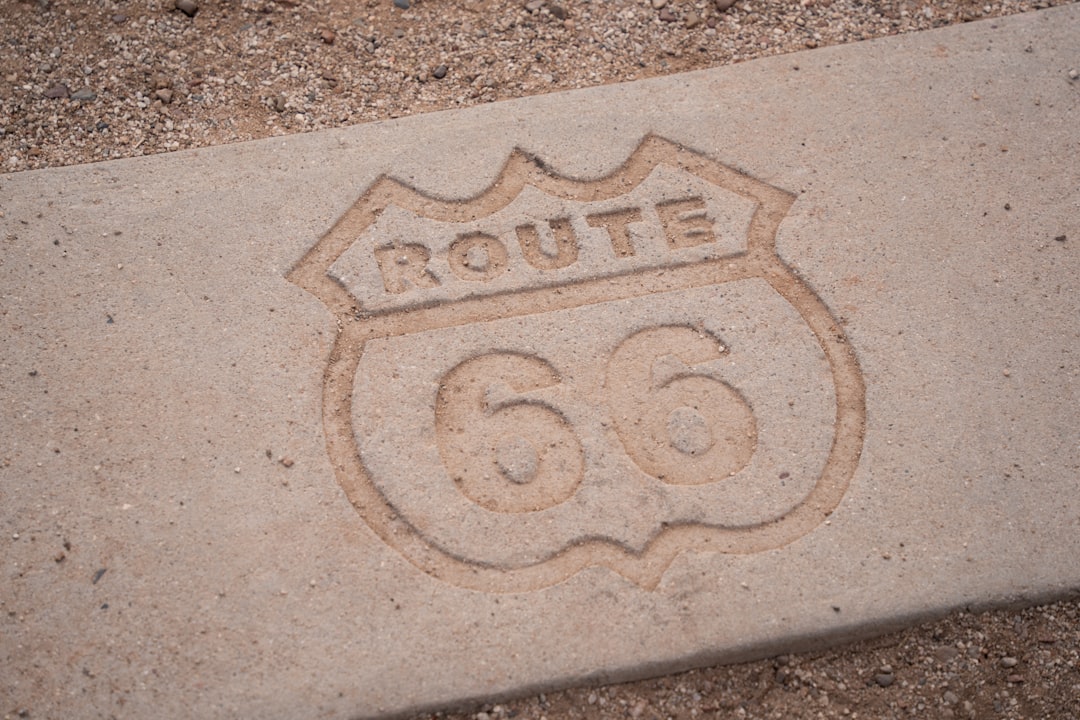
Nothing captures the American dream quite like the story of Route 66’s creation. It was established on November 11, 1926, with road signs erected the following year. Dating back to 1926, Route 66 is one of America’s most legendary highways… In the 1940s and ’50s, the 2,500-mile highway, which stretches from Chicago to Santa Monica, California, was considered the quintessential American road trip. What makes this tale so fascinating is how quickly this highway became the backbone of westward migration during the Great Depression. The Route 66 Road Ahead State Associations Advocacy Working Group is discussing an informational piece that celebrates the upcoming Centennial and which could be used to provide cross-country information for travelers. The Road Ahead offered to assist by helping submit the idea to the Federal Route 66 Centennial Commission for consideration as one of its officially recommended projects. By the 1940s, millions of families packed their belongings into Model T Fords and set out for California, creating one of the largest internal migrations in American history. This wasn’t just a road—it was a lifeline to opportunity, stretching 2,448 miles through eight states and forever changing how Americans viewed travel and possibility.
The Million-Dollar Challenge on the Pacific Highway
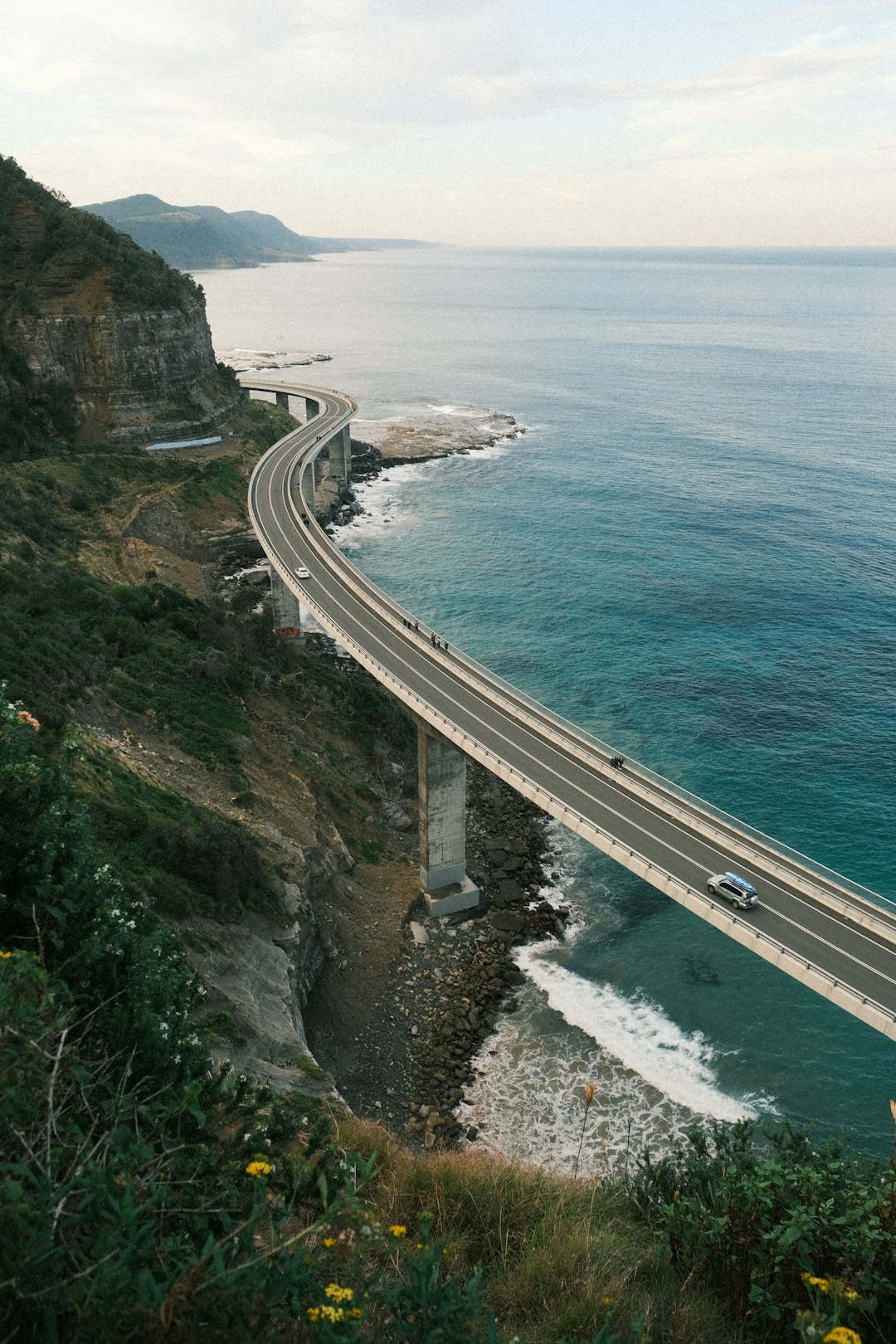
In 1926, its 1,687 miles (2,715 km) of pavement made it the longest continuous stretch of paved road in the world at the time. The Pacific Highway’s construction represents one of America’s most ambitious engineering challenges of the early 20th century. Good roads advocate and road-building pioneer Sam Hill was perhaps the main motivating force behind building the original Pacific Highway as a “national auto trail”; from Blaine, Washington, on the Canada–United States border, where he would build his Peace Arch, through Oregon to the Siskiyou Mountains of northwestern California. The project cost millions of dollars during a time when the average worker earned just $1,200 per year, making it a truly staggering investment. First completed in 1923, Oregon’s Pacific Highway was the first border-to-border paved highway west of the Mississippi River. What’s remarkable is that this highway followed ancient Native American trails that had been used for thousands of years, showing how modern engineering built upon centuries of natural pathways. The road transformed the entire West Coast, connecting isolated communities and creating the infrastructure that would later support California’s tech boom.
Silicon Valley’s Garage Revolution
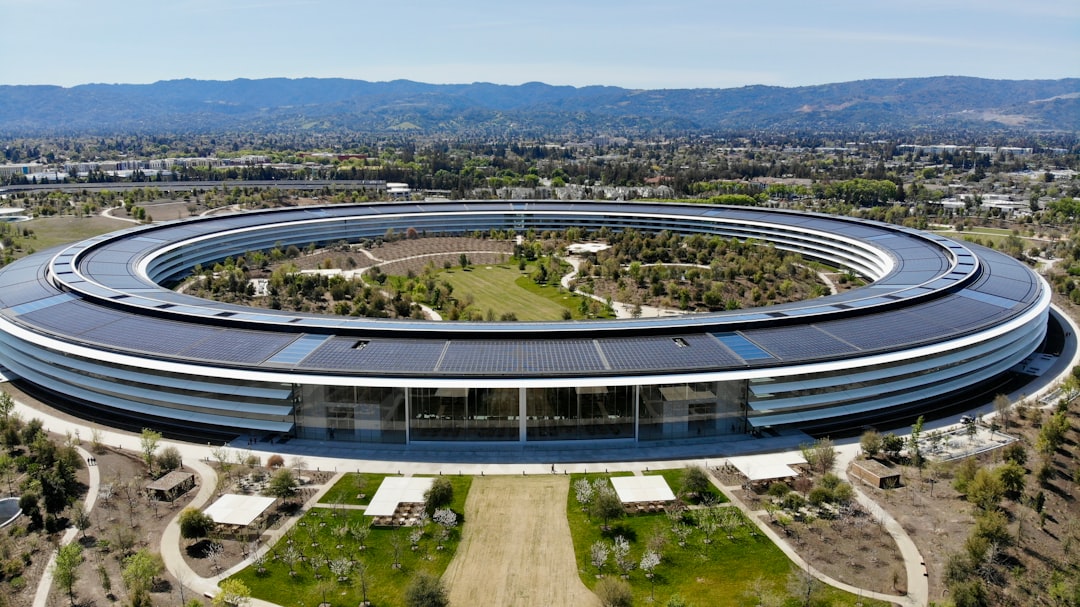
The story of Silicon Valley begins in the most humble of places: a garage in Palo Alto. In 1938, his students William R. Hewlett and David Packard did just that, developing an audio oscillator in a garage. They later went on to found tech company Hewlett-Packard. That garage, now a historic location, is considered the birthplace of Silicon Valley. This wasn’t just another startup story—it was the beginning of a technological revolution that would reshape the global economy. When former Intel executive Mike Markkula invested in Apple, the company cofounded by Jobs and Wozniak took off. Besides capital, Markkula brought management experience and he wrote the business plan to scale Apple up to a Fortune 500 company within five years. The genius of Frederick Terman, Stanford’s dean of engineering, was recognizing that universities could partner with industry to create innovation ecosystems. In 1951 Terman spearheaded the creation of the Stanford Industrial (now Research) Park, which granted long-term leases on university land exclusively to high-technology firms. Soon Varian Associates, Inc. (now Varian Medical Systems, Inc.), Eastman Kodak Company, General Electric Company, Admiral Corporation, Lockheed Corporation (now Lockheed Martin Corporation), Hewlett-Packard Company, and others turned Stanford Research Park into America’s premier high-technology manufacturing region. By 2024, the combined market cap of Silicon Valley companies reached an astounding $14.3 trillion.
The Oregon Trail’s Digital Resurrection

Long before Interstate highways existed, the Oregon Trail carved America’s first major westward pathway. The first transcontinental railroad was completed in 1869, providing faster, safer, and usually cheaper travel east and west (the journey took seven days and cost as little as $65, or equivalent to $1,616 in 2024). Between 1841 and 1869, over 400,000 pioneers traveled this 2,170-mile route from Missouri to Oregon, creating one of the largest voluntary migrations in human history. Some emigrants continued to use the trail well into the 1890s, and modern highways and railroads eventually paralleled large portions of the trail, including U.S. Highway 26, Interstate 84 in Oregon and Idaho and Interstate 80 in Nebraska. What’s fascinating is how this historic trail found new life in the digital age—the Oregon Trail computer game became a cultural phenomenon, introducing millions of children to the hardships faced by pioneers. Contemporary interest in the overland trek has prompted the states and federal government to preserve landmarks on the trail including wagon ruts, buildings, and “registers” where emigrants carved their names. Throughout the 20th and 21st centuries, there have been several re-enactments of the trek with participants wearing period garments and traveling by wagon. Today, you can still drive portions of the original route, following the same rivers and mountain passes that guided settlers toward their dreams of a new life.
The Great River Road’s Musical Journey
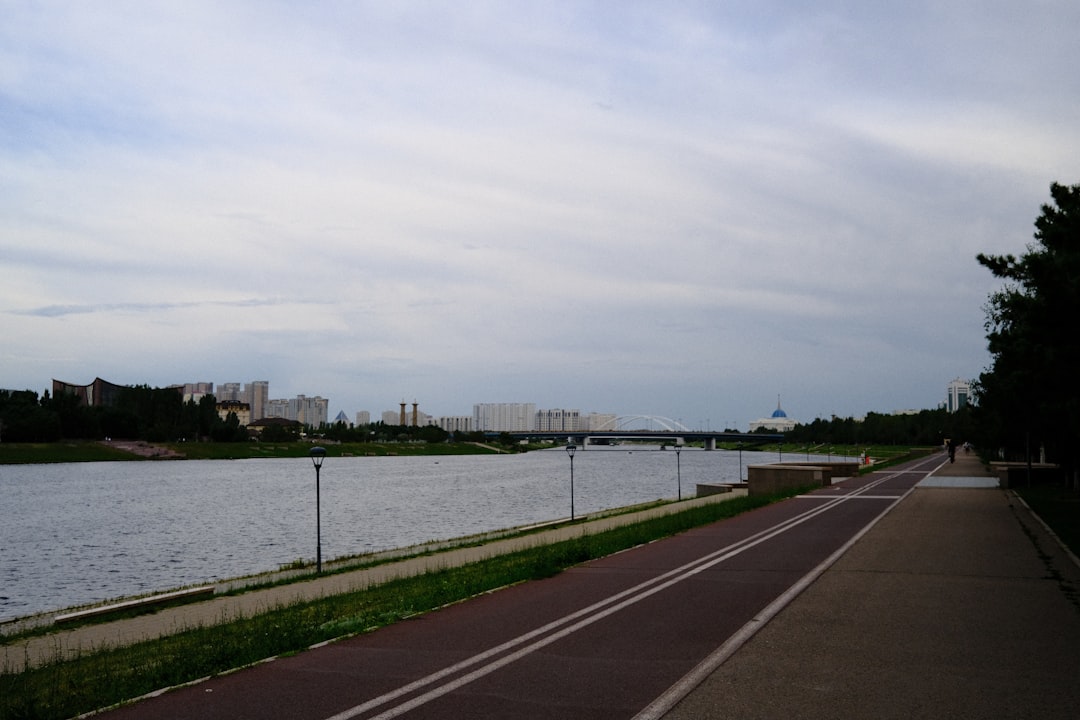
What the Pacific Coast Highway is to the Pacific Ocean, the Great River Road is to the Mississippi River. Starting in Itasca State Park in Minnesota and ending near New Orleans, the Great River Road spans nearly the entire width of the U.S., stretching more than 2,000 miles. Like Route 66, it’s not just one road but rather a series of roads that follow the eastern and western sides of the Mississippi River through Wisconsin, Iowa, Illinois, Missouri, Kentucky, Tennessee, Arkansas and Mississippi. This isn’t just a highway—it’s America’s musical highway, tracing the path that blues, jazz, and rock ‘n’ roll took as they spread from the Mississippi Delta to Chicago and beyond. The road passes through Clarksdale, Mississippi, where Robert Johnson allegedly sold his soul to the devil at the crossroads, and continues north through Memphis, where Elvis recorded his first songs at Sun Records. In St. Louis, it crosses the mighty river at the Gateway Arch, a monument to westward expansion that perfectly symbolizes America’s restless spirit. I headed out across the mangrove swamps and Lake Pontchartrain to start the first of my American road trips, travelling north up Highway 61 into the Mississippi Delta towards my eventual destination, Chicago. Musicians like B.B. King, Muddy Waters, and countless others traveled this same route, carrying their music from the cotton fields to the concert halls of Chicago, creating the soundtrack of American culture.
Alaska’s Last Frontier Highway

The Alaska Highway represents perhaps America’s most dramatic road story—a 1,387-mile lifeline through the wilderness built in just eight months during World War II. This engineering marvel connected the continental United States to Alaska through Canada, transforming what was once an impossibly remote territory into an accessible destination. The second reason is that Denali Park Road, in Denali National Park, is closed at about the halfway point, while a bridge is constructed around a landslide. Until this road fully reopens (2023 or later), I think it is best to save Denali and visit the other Alaskan national parks instead. The highway’s construction involved over 10,000 American soldiers and 16,000 civilian workers who battled permafrost, mosquitoes, and temperatures that dropped to -70°F. What makes this story remarkable is that the road was built not for tourism or commerce, but for national defense—a 24-hour-a-day race against time to protect America’s northern frontier. In our article 10 Day Alaska Itinerary: 3 Road Trip Ideas, we provide three different road trip routes through Alaska, but below is the 10-day itinerary with Wrangell – St. Elias and Kenai Fjords National Parks… With more time, you can add on Denali or add on a day trip to Lake Clark or Katmai National Parks. Today, this highway offers one of the world’s most spectacular drives, passing through pristine wilderness where visitors can see glaciers, wildlife, and landscapes that remain virtually unchanged since the Ice Age.
The Tech Highway Revolution
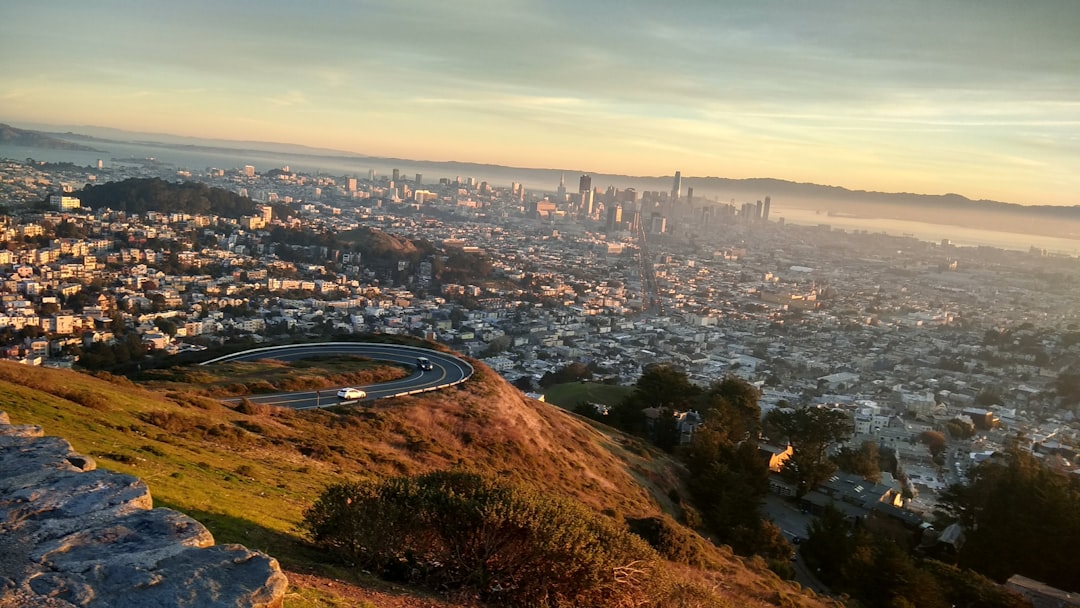
US Highway 101 through Silicon Valley has become the most economically powerful road in human history. A world-renowned technology hub, San Francisco Bay Area has the largest concentration of high-tech companies in the United States, at 387,000 high-tech jobs, of which Silicon Valley accounts for 225,300 high-tech jobs. This stretch of asphalt connects Apple, Google, Facebook, and countless other companies that have fundamentally changed how humanity communicates, works, and lives. The combined market cap of all the companies in Silicon Valley was $14.3T in 2024. Their combined venture capital funding hit $30B the same year. The tech hub is currently home to roughly 1.7 million workers. What started as farmland and fruit orchards has become the innovation capital of the world, where a single idea can transform into a billion-dollar company overnight. Today, Silicon Valley is home to more than 30 multinational companies that regularly appear in the Forbes Fortune 1000 list. 85 billionaires live in Silicon Valley as do an estimated 163,000 millionaires. The irony is that this highway, originally built to connect small farming communities, now carries more intellectual and financial capital than any road in history. The integrated circuit was perhaps the most important technological invention of our times and marked the dawn of the digital era. Silicon Valley was born and along with it the age of modern computing. Every day, millions of workers commute along this route, creating the technologies that will shape the next century of human civilization.
Route 66’s Modern Renaissance

Even though Route 66 was officially decommissioned in 1985, its story continues to evolve in the 21st century. Nicknamed the Mother Road, Route 66 has permanently ingrained itself in the international psyche as the ultimate US road trip… Starting in Chicago, the storied highway crosses eight different states and connects travelers to national parks, weird-but-wonderful roadside attractions and tons of vintage Americana. What’s remarkable is how this “dead” highway has experienced a cultural rebirth, attracting hundreds of thousands of visitors annually who seek authentic American experiences. In addition to having wide-open landscapes, it offers plenty of well-preserved historic sites and distinctive retro landmarks, such as the World’s Largest Catsup Bottle in Collinsville, Illinois… In Amarillo, Texas, road trippers can find the Cadillac Ranch art installation that features rows of graffiti-painted Cadillacs sticking rear-end-first out of the ground. The road has become a pilgrimage route for people from around the world who want to experience the America of their imaginations—a place where diners serve cherry pie, neon signs light up the desert night, and the promise of reinvention lies just beyond the next hill. The Road Ahead’s Research and Education Working Group, which helped design and implement the 2023 NEH Summer Workshop, Racialized Spaces on Route 66, proposed a new workshop for the summer of 2025. An emphasis on the history of women on Route 66 is being considered. Modern GPS systems may have replaced paper maps, but Route 66 endures because it represents something deeper than navigation—it’s a symbol of freedom, possibility, and the enduring American belief that the journey itself can transform us.
The Pacific Coast Highway’s Endless Story
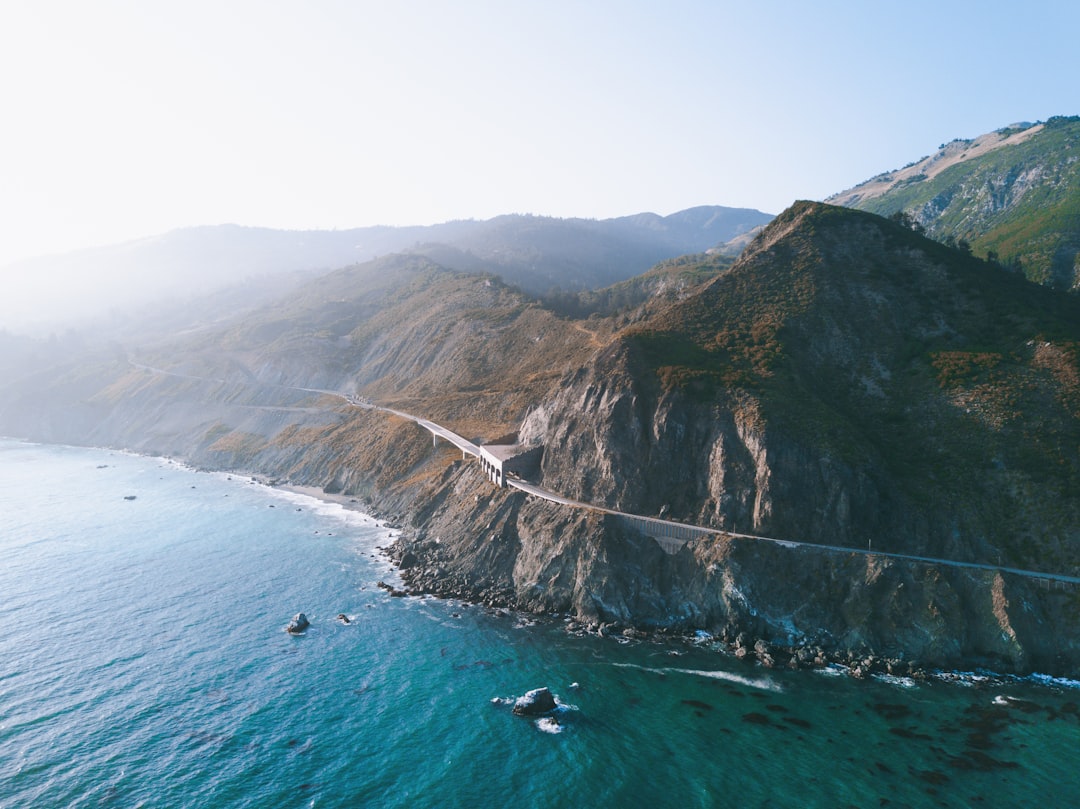
The Pacific Coast Highway (PCH) is one of the most iconic and best road trips in the US and for good reason. Stretching from just north of San Francisco to Capistrano Beach between Los Angeles and San Diego, this drive offers incredible views of the Pacific Ocean and gives you an unmatched taste of the California coastline. This highway tells the story of California’s transformation from a remote frontier to the world’s fifth-largest economy. Rarely losing sight of the Pacific for 340 miles along the Oregon coast, US‑101 winds past rocky coast, ancient forests, and small towns… Rarely losing sight of the Pacific Ocean during its 340-mi (545-km) jaunt along the Oregon coast, US-101 winds past rockbound coast, ancient forests, and innumerable towns and villages. Every curve reveals another breathtaking vista, from the redwood forests of Northern California to the surfer beaches of Malibu, creating a visual narrative of America’s western edge. While the Pacific Coast Highway is considered an iconic California road trip, we’d argue that it’s actually worth it to traverse the entire 1,650 miles from San Diego to Olympic National Park in Washington. Sweeping views from high above the blue-green Pacific Ocean make the PCH one of the most beautiful road trips in the nation, and there are plentiful park options along the way. The highway continues to evolve as climate change and technology reshape the coastline and the communities it connects. The Paul’s Slide section re-opened earlier in July but further up the road there were two more landslides in March 2024, again due to bad storms. The damage caused was also severe and Caltrans is currently saying PCH won’t fully re-open until sometime in 2025. Each mile of this road represents humanity’s ongoing relationship with one of the planet’s most dynamic and beautiful coastlines, where earthquakes, erosion, and progress constantly reshape both the landscape and our understanding of what it means to live on the edge of the continent.
What would you have guessed was America’s most economically powerful stretch of highway?


